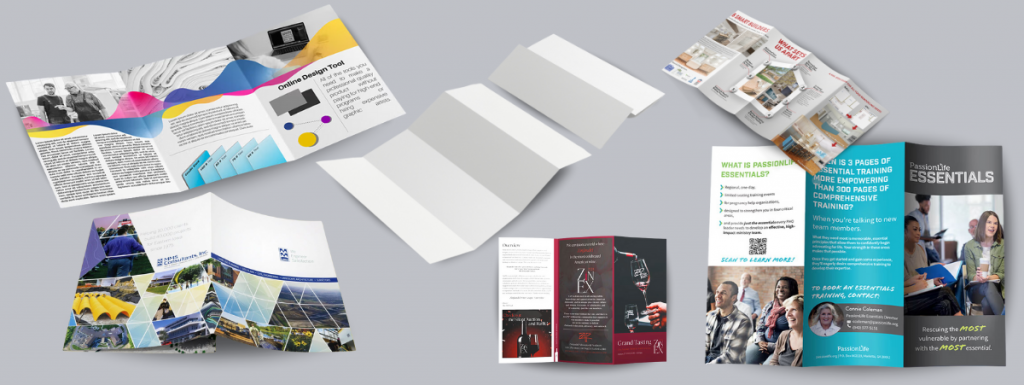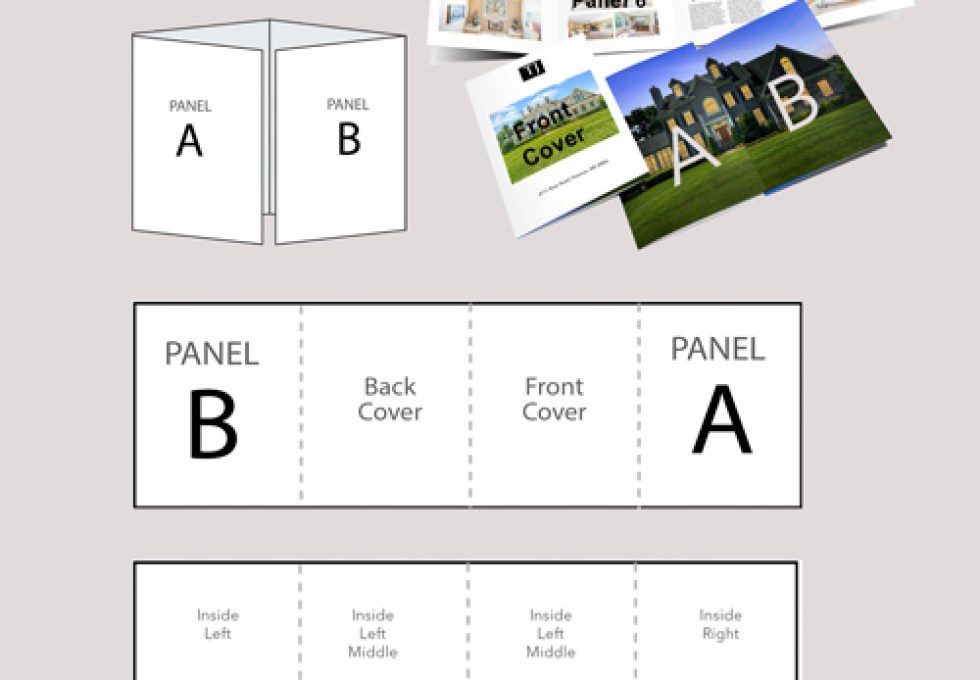Common Sizes for Brochures and Catalogs Explained

When designing brochures and catalogs, understanding the common sizes is crucial for both aesthetic appeal and practical use. This article explores the standard dimensions, their typical applications, and tips for choosing the right size for your marketing materials.
Why Size Matters in Brochures and Catalogs
The size of your brochure or catalog affects not only the visual impact but also the cost of printing and distribution. Choosing the right size ensures your content is presented clearly and fits the intended purpose, whether for direct mail, handouts, or display.
Common Brochure Sizes
Brochures come in various sizes, but some are more popular due to their versatility and ease of handling. Here are the most common sizes:
| Size (inches) | Description | Typical Use |
|---|---|---|
| 8.5 x 11 | Standard letter size | General marketing, flyers |
| 8.5 x 14 | Legal size | Detailed information, menus |
| 11 x 17 | Tabloid size | Large visuals, event programs |
| 4 x 9 | Rack card size | Compact handouts, promotions |
Folding Styles
Brochures also vary by folding style, which influences the final size and layout:
- Bi-fold: Single fold creating two panels.
- Tri-fold: Two folds creating three panels.
- Z-fold: Accordion style with three panels.
- Gate fold: Two end panels fold inward.
Common Catalog Sizes
Catalogs tend to be larger to accommodate more content and images. Common sizes include:
| Size (inches) | Description | Typical Use |
|---|---|---|
| 8.5 x 11 | Standard letter size | Small catalogs, product lists |
| 8.5 x 14 | Legal size | More detailed catalogs |
| 9 x 12 | Oversized standard | Fashion, furniture catalogs |
| 11 x 14 | Large format | High-impact visuals, portfolios |
Tips for Choosing the Right Size
- Consider your content: More text and images may require larger sizes.
- Think about distribution: Smaller sizes are easier to mail.
- Budget constraints: Larger sizes often cost more to print.
- Brand consistency: Match sizes with your brand’s style and other materials.
Frequently Asked Questions (FAQ)
Q1: Can I customize brochure sizes?
Yes, custom sizes are possible but may increase printing costs.
Q2: What is the best size for mailing brochures?
Standard letter size (8.5 x 11) is ideal for mailing due to postal regulations.
Q3: How do folding styles affect brochure size?
Folding styles determine the number of panels and how content is organized, impacting the final dimensions.
Q4: Are there digital size standards for brochures and catalogs?
Digital versions often mimic print sizes but can be optimized for screen viewing, such as PDFs sized for tablets.
Understanding these common sizes and considerations will help you create effective brochures and catalogs that communicate your message clearly and professionally.
